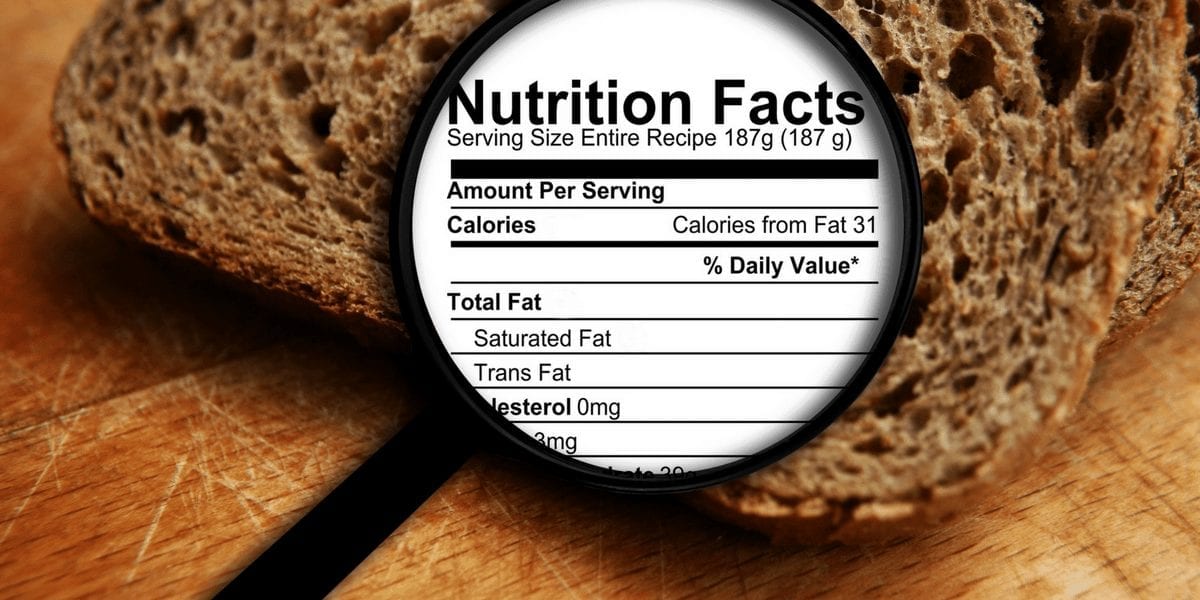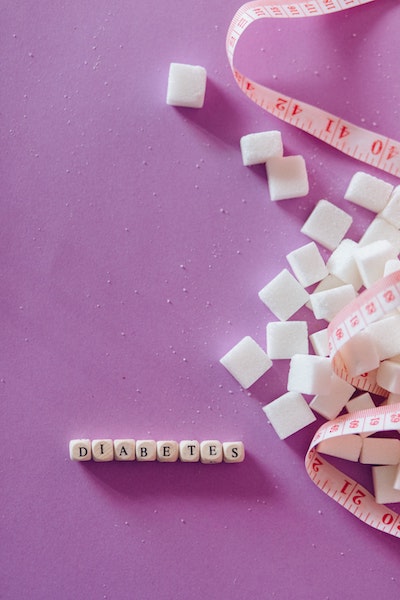We can’t overemphasize enough how important it is to read nutrition labels because you should know exactly what you’re putting into your body.
Make sure to look at the serving size.
Most labels can be very misleading making the apparent “only 100 calorie” snack as little as one bite. This calorie information often lures customers in so it is always helpful pay attention to the serving size!
Limit these ingredients.
Next you will see the total amount of saturated fat, trans fat, cholesterol, and sodium (salt) per serving. It may be helpful to limit your consumption of these ingredients to ensure you are supporting your heart health. There is some evidence that overconsumption of saturated fats, trans fats, and/or excess sodium can increase risk of heart disease or stroke.
It is easy to get confused about the “total fat” column because it only displays saturated and trans fats, and doesn’t show unsaturated fat (the good kinds of fats your body needs!). To better understand how much “good” fat you are consuming, all you have to do is subtract the amount of trans and saturated fats from the total fat. This will tell you how much unsaturated or “healthy” fat is in a product. See, it is that simple!
Make sure to get enough of these.
Make sure you’re eating enough dietary fiber, protein, calcium, iron, and vitamins/minerals. These will keep your body happy and healthy!
Next to the total sodium amount, the amount of carbohydrates, protein, and vitamins will be displayed. Have a closer look at the “total carbohydrates” column. You should see that it breaks total carbohydrate amount down into: added sugar and dietary fiber. Aim to keep added sugars as low as possible. Added sugar can be labeled in the ingredients as many different things such as: sugar, cane sugar, brown rice syrup, agave syrup, honey, maple syrup, etc. Fiber, is a type of carbohydrate that mostly comes from fruits, vegetables, whole grains, beans, nuts, and seeds. Getting enough fiber each day can help regulate bowel movements, lower cholesterol, and act as “food” for the good bacteria in our gut.
Read the fine print.
The general rule should be: If you can’t pronounce it, you shouldn’t eat it. Always avoid chemicals!
It’s also important to know the difference between an “organic” and a “natural” label. While the label “organic” is regulated by the U.S. Department of Agriculture (USDA) which guarantees that the product is at least 95% organic, there are no such guidelines for the label “natural.” A lot of companies try to trick their consumers into thinking their processed foods are better for you by labeling them as “natural” even though they are not. Know the facts, so you don’t get fooled!
IMPORTANT UPCOMING CHANGES:
Hurray! For the first time in over 20 years, the FDA (U.S. Food and Drug Administration) has updated the nutrition label. Manufacturers have until July, 2018 to implement the new following changes:






This Post Has 8 Comments
This is very interesting
Thank you for this very informative excellent information.
Thanks for the info!
Very informative! You learn something new everyday!
Good reminder about how the fats are different.
Very informative.
This is interesting and informative
Great info!